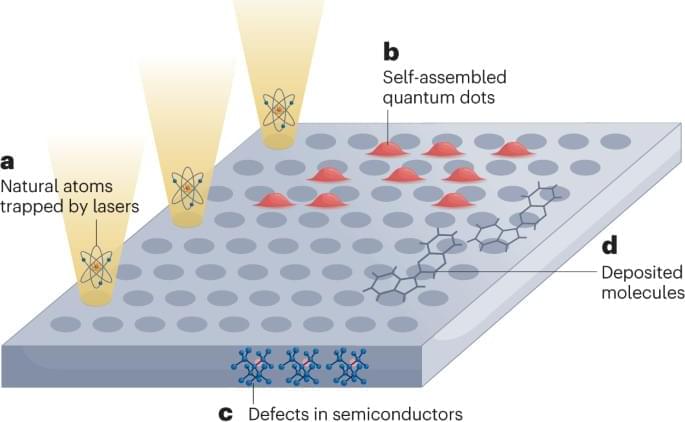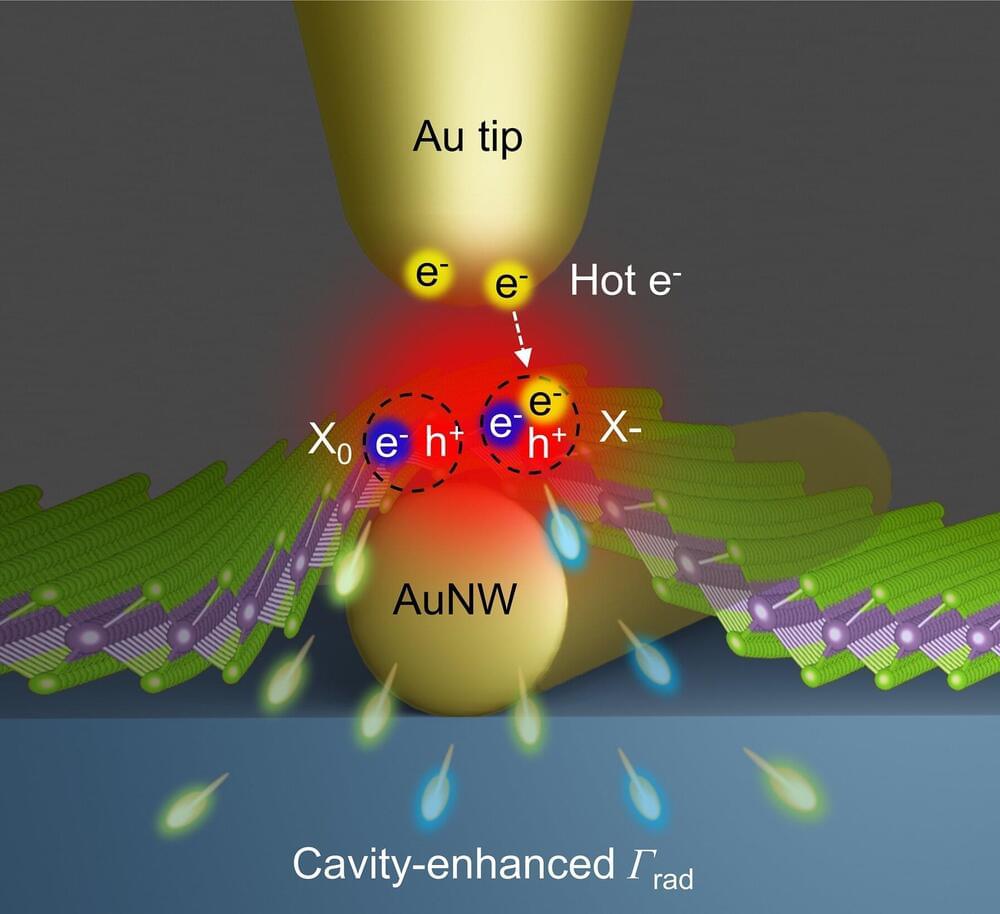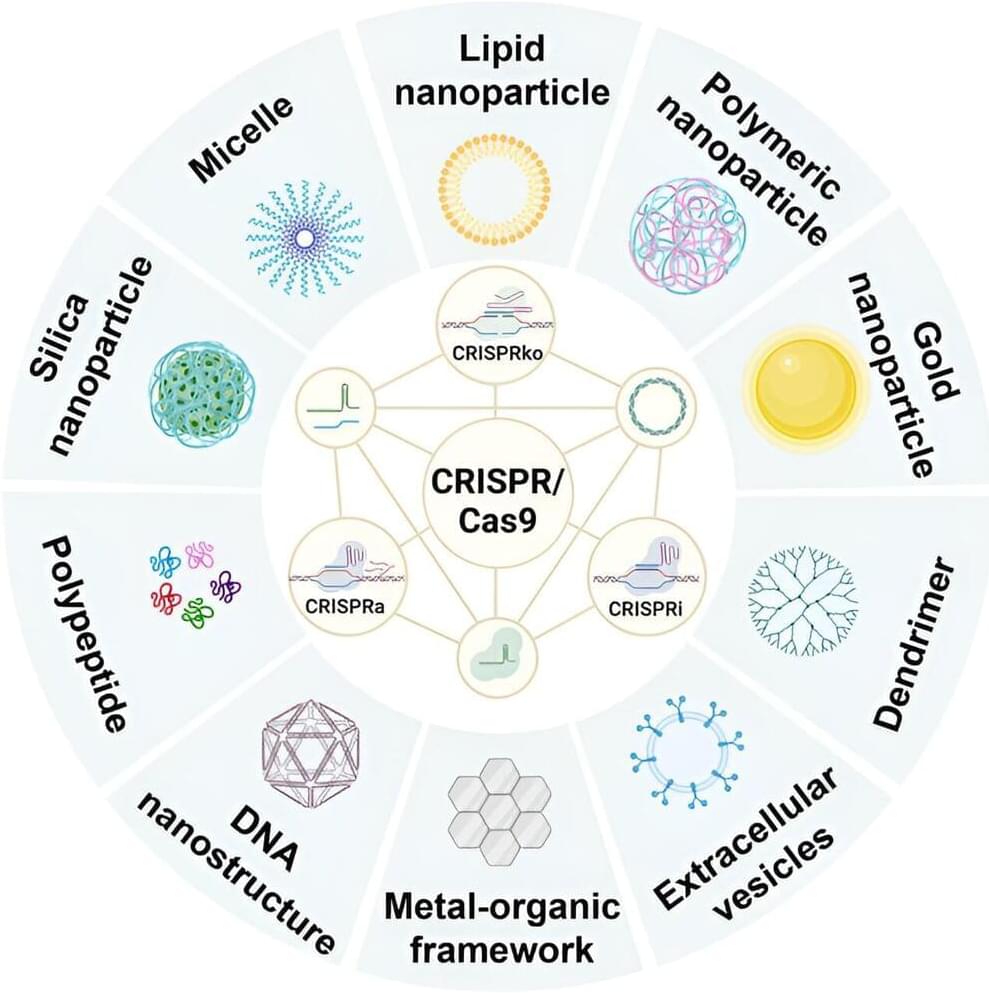ICSPI, a leader in benchtop nanoscale imaging instruments, has announced the launch of its new Redux AFM, an automated atomic force microscope (AFM) designed to allow scientists and engineers to effortlessly collect 3-dimensional data at the nanoscale.

ICSPI’s mission is to expand access to nanoscale measurement with powerful, automated and intuitive imaging tools. Building on the success of its nGauge AFM, of which hundreds of units are in operation in over 30 countries, ICSPI is excited to introduce the Redux AFM and elevate the user experience of nanoscale imaging with automation.
Traditional AFM instruments, while powerful for nanoscale surface imaging, are often hindered by complex and time-consuming setup processes which are rooted in technology developed in the 1980s. Recognizing this challenge, ICSPI revolutionized the landscape with its unique AFM-on-a-chip technology. The Redux AFM, harnessing this breakthrough technology, makes nanoscale imaging effortless. By integrating multiple components onto a single chip, the Redux eliminates the cumbersome aspects of traditional AFM, such as silicon probe exchange, cantilever alignment, tip crashes, tip-sample approach, and controller tuning.










